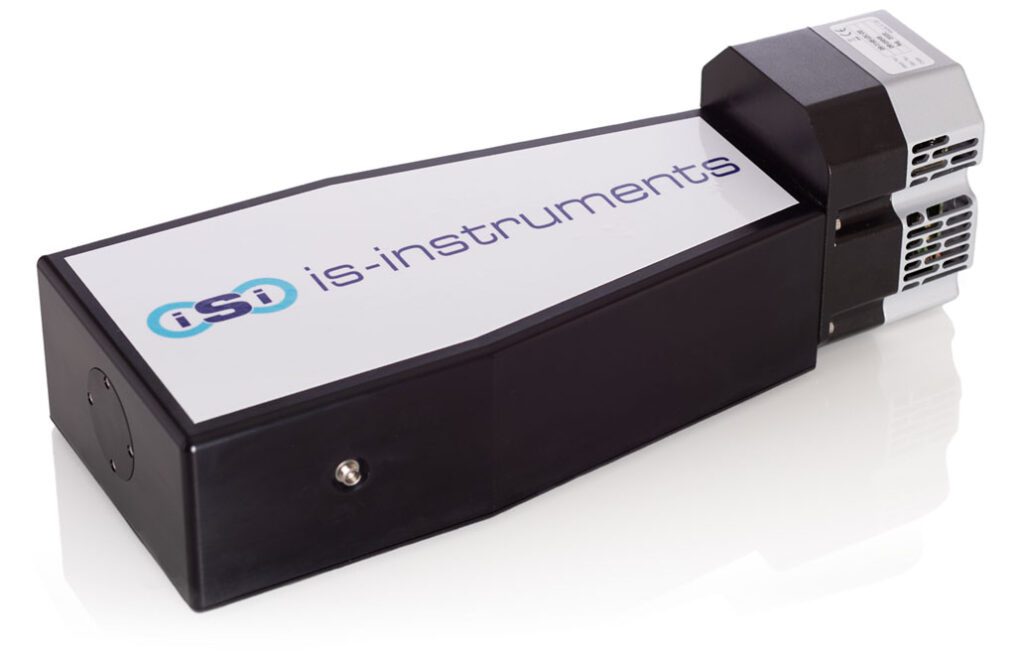Raman Spectrometers
What is Raman Spectroscopy?
Raman is a spectroscopic technique that uses laser light to interact with molecular excitations to determine what a substance or element is composed of. It relies on the inelastic scattering of photons, which produces a weak signal, making the collection of information challenging, particularly when the substance to be measured is at a distance or can only be given short exposure times. Our Raman spectrometers are particularly effective at making Raman measurements due to their configuration, which delivers a higher throughput/etendue than standard instruments.
Raman Spectrometers

HES Raman Spectrometers
Most spectrometers rely on a slit (aperture) to allow light to enter the instrument and reach the target sample. The size of the aperture affects throughput and resolution, with a narrow slit increasing resolution but decreasing signal strength. This typically presents a challenge for Raman measurements, where signal strength is already a factor.
Our HES spectrometer range uses a fibre, typically of either 1 mm, 2 mm or 3 mm diameter, although up to 5mm is possible. A fibre aids transmission as the light that is usually lost, particularly where a larger aperture is required, is retained. This makes the instrument significantly more sensitive to identifying Raman scatter.
As a result, our ultra-high-throughput/etendue HES spectrometers are ideal for Raman spectroscopy, capable of stand-off measurements at a range of 2 m – 3 m.
Specification
| Feature | Detail |
|---|---|
| Excitation wavelength | 785 nm |
| Laser power | 500 mW |
| Operating range | 200 – 3000 cm-1 Dependent on detector (Assuming 1320 pixels) |
| Resolution | 4 cm-1 |
| Fibre coupling | SMA (FC/PC available) |
| Fibre core diameter | 1 mm |
| Fibre NA | 0.22 |
| Detector | Choice available |
| Power | Detector dependent |
The standard instrument configuration has an excitation laser operating at 785 nm. See performance data when paired with our RP40 F1 telescopic probe.

